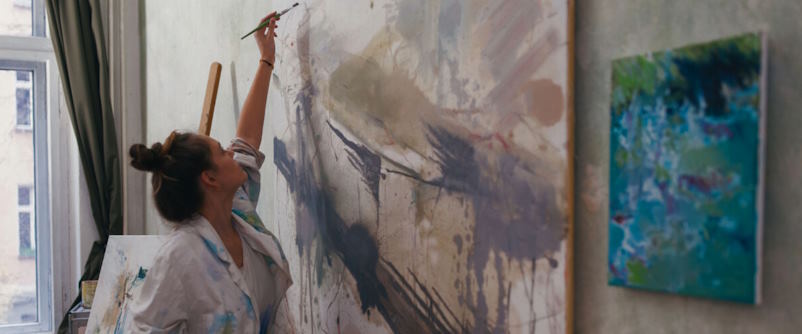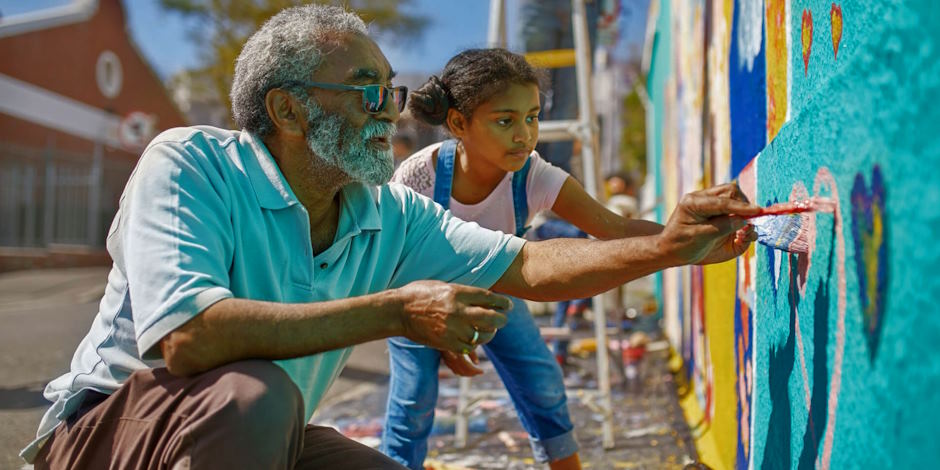Creativity and expression serve as threads that weave together the fabric of our lives, offering pathways to healing, growth, and transformation. From the stroke of a paintbrush to the melody of a song, from the written word to the movement of dance, creative expression can transcend words, reaching into the depths of our being to touch hearts, heal wounds, and ignite the spark of possibility.
How can art be used to improve your condition?
Emotional Expression
Creating art provides a safe and expressive outlet for processing and releasing emotions. Through painting, drawing, or sculpture, individuals can externalize feelings of sadness, anger, or anxiety, leading to a sense of relief and catharsis.
Self-Exploration
Engaging in art-making can facilitate self-reflection and introspection. By visually expressing thoughts, memories, and experiences, individuals gain insight into their thoughts, behaviors, and innermost desires, fostering greater self-awareness and understanding.

Stress Reduction
The act of creating art can induce a state of relaxation and mindfulness, helping to reduce stress levels and promote a sense of calm. Immersing oneself in the creative process can shift focus away from worries and distractions, providing a much-needed respite from the pressures of daily life.
Empowerment and Agency
Engaging in art-making empowers individuals to take an active role in their healing journey. By creating something tangible and meaningful, individuals regain a sense of agency and control over their lives, which can be particularly empowering for those who feel disempowered by their circumstances.
Enhanced Communication
Art can serve as a nonverbal form of communication for those who struggle to verbalize their thoughts or emotions. Through visual imagery, individuals can convey complex ideas, feelings, and experiences to others, fostering connection and understanding.
What kind of art should you choose for therapy?
When considering art therapy, focusing on the individual’s preferences and needs is essential rather than prescribing specific art forms. People may resonate differently with various mediums, such as drawing, painting, sculpture, or digital art. The key lies in creating a safe and supportive environment where individuals can freely explore their creativity and express themselves authentically. Whether through visual arts, writing, music, or movement, the chosen medium should offer a means of self-expression that feels comfortable and meaningful to the individual. Ultimately, the effectiveness of art therapy lies in the process of creative exploration and personal discovery.

